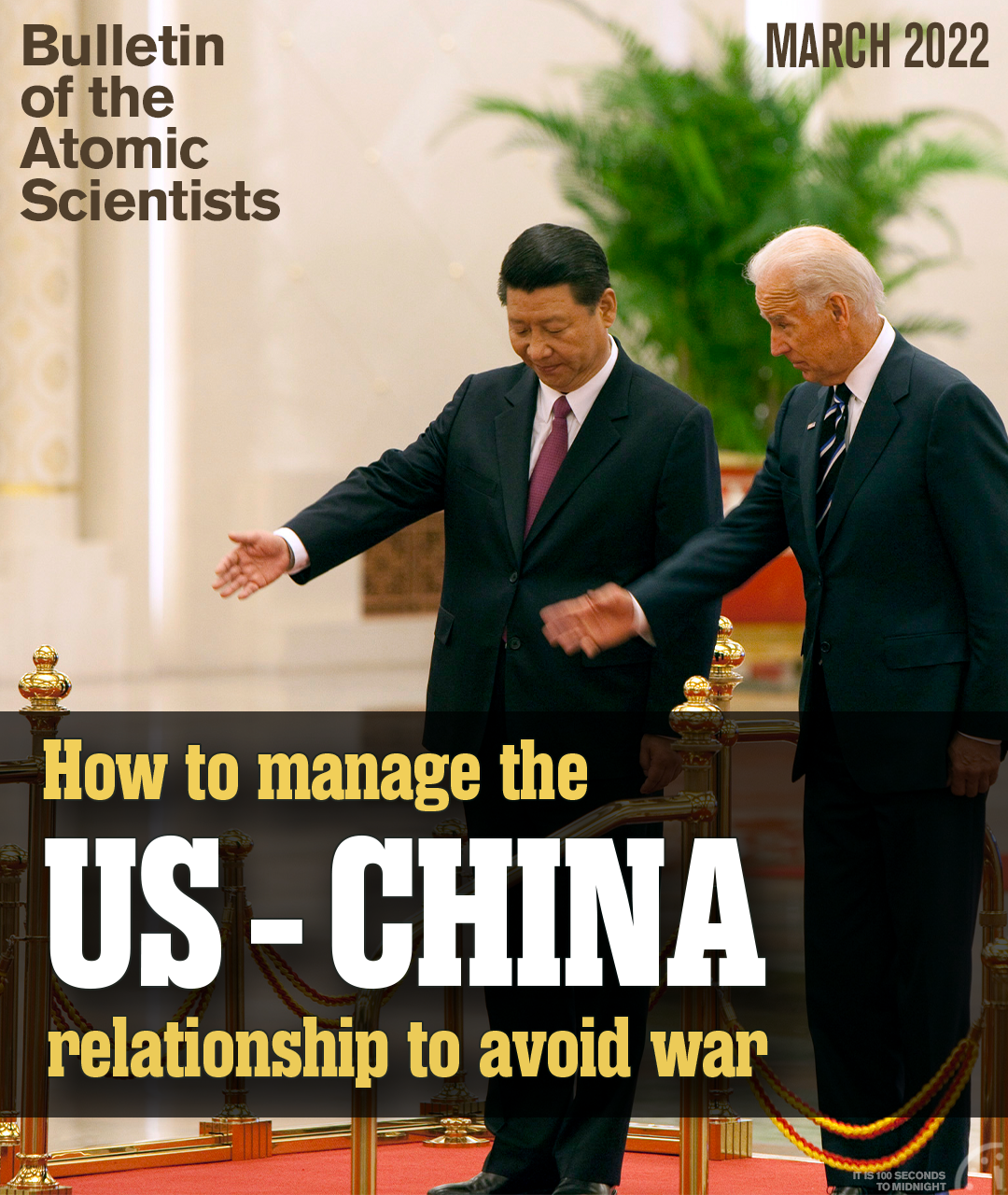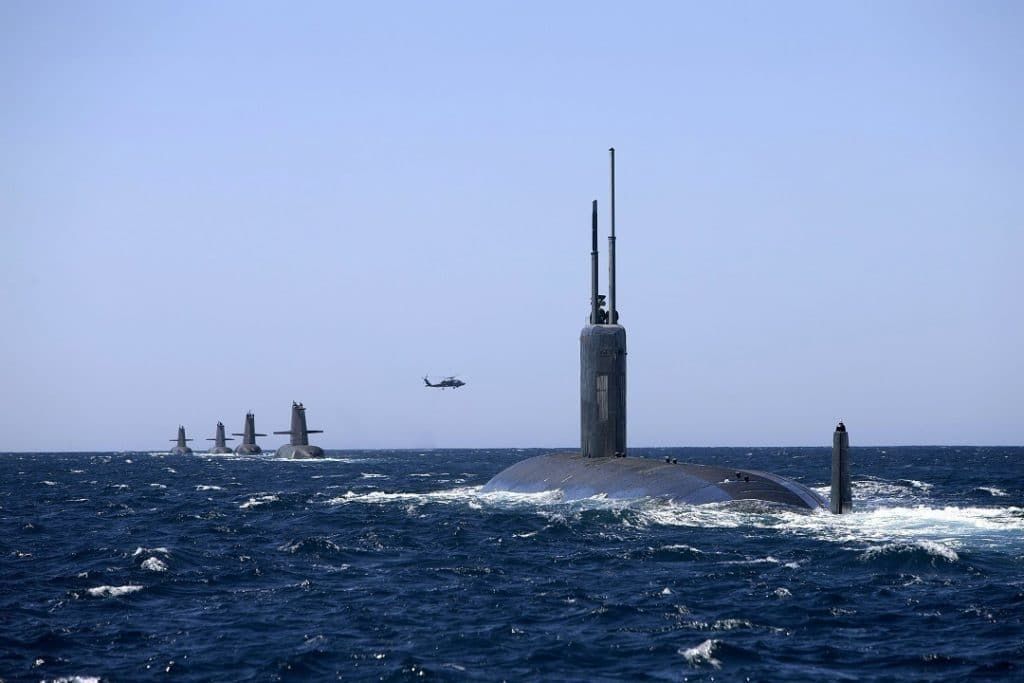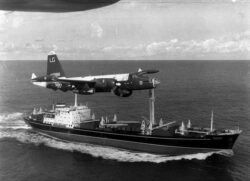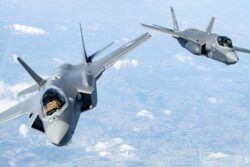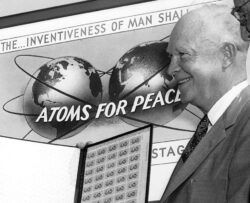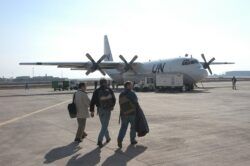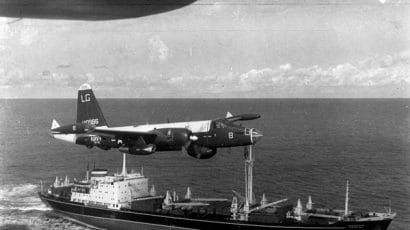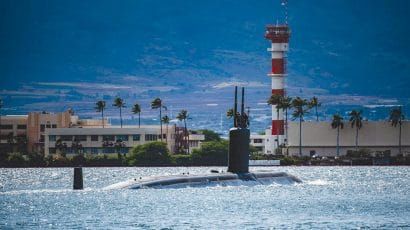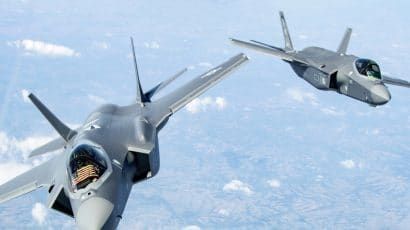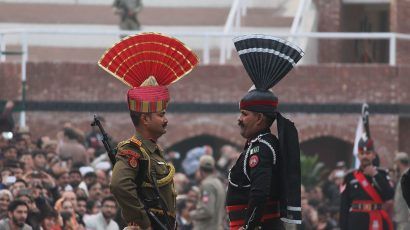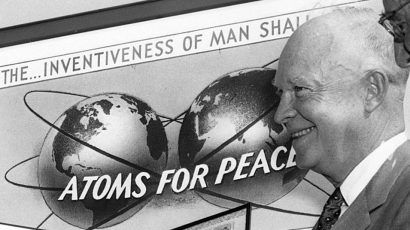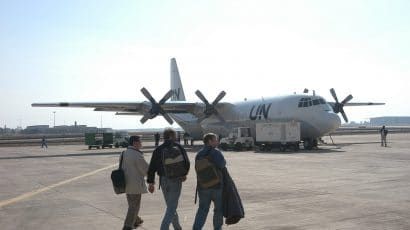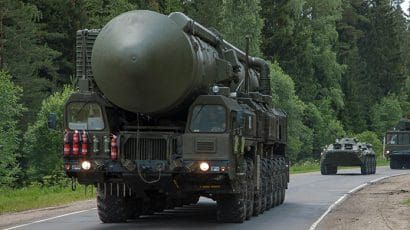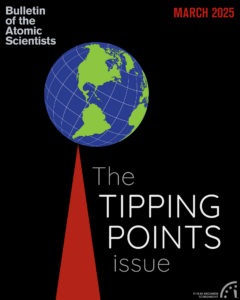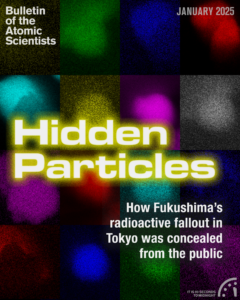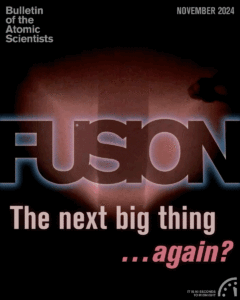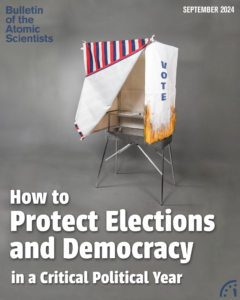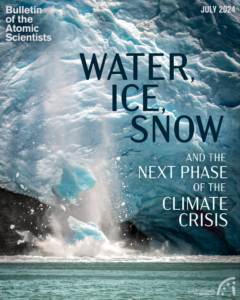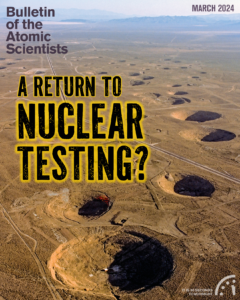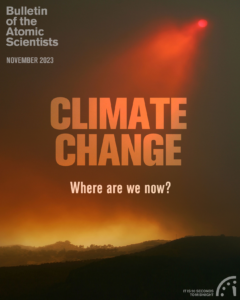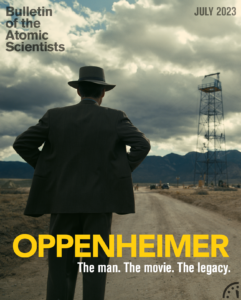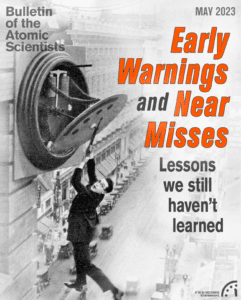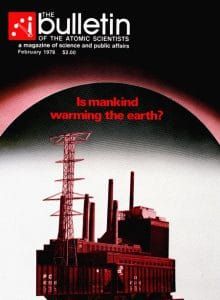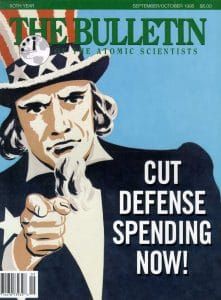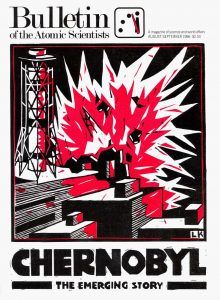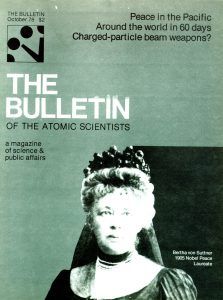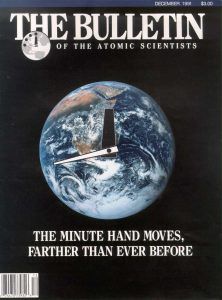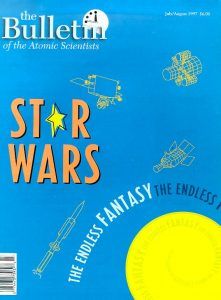DIGITAL MAGAZINE
March 2022
DIGITAL MAGAZINE
March 2022
Cover by Thomas Gaulkin. Photo by Nelson Ching/Bloomberg (image reversed).
Introduction: Can the United States and China co-exist in the 21st century? Will they?
Interview with Graham Allison: Are the United States and China charging into Thucydides’s trap?
China and the United States: It’s a Cold War, but don’t panic
One if by invasion, two if by coercion: US military capacity to protect Taiwan from China
Sure, deter China—but manage risk with North Korea, too
Global and regional confrontation in South and Southeast Asia
Exchanging atoms for influence: Competition in Southeast Asia’s nuclear market
Trust but verify: How to get there by using next-generation nuclear verification and warhead dismantlement techniques
Nuclear Notebook: How many nuclear weapons does Russia have in 2022?
Interview with Graham Allison: Are the United States and China charging into Thucydides’s trap?
China and the United States: It’s a Cold War, but don’t panic
One if by invasion, two if by coercion: US military capacity to protect Taiwan from China
Sure, deter China—but manage risk with North Korea, too
Global and regional confrontation in South and Southeast Asia
Exchanging atoms for influence: Competition in Southeast Asia’s nuclear market
Trust but verify: How to get there by using next-generation nuclear verification and warhead dismantlement techniques
Nuclear Notebook: How many nuclear weapons does Russia have in 2022?
Cover by Thomas Gaulkin. Photo by Nelson Ching/Bloomberg (image reversed).
Subscribe now
We've relaunched the Bulletin's award-winning digital magazine. Get access to every issue and our archive going back to 1945.
Magazine archive
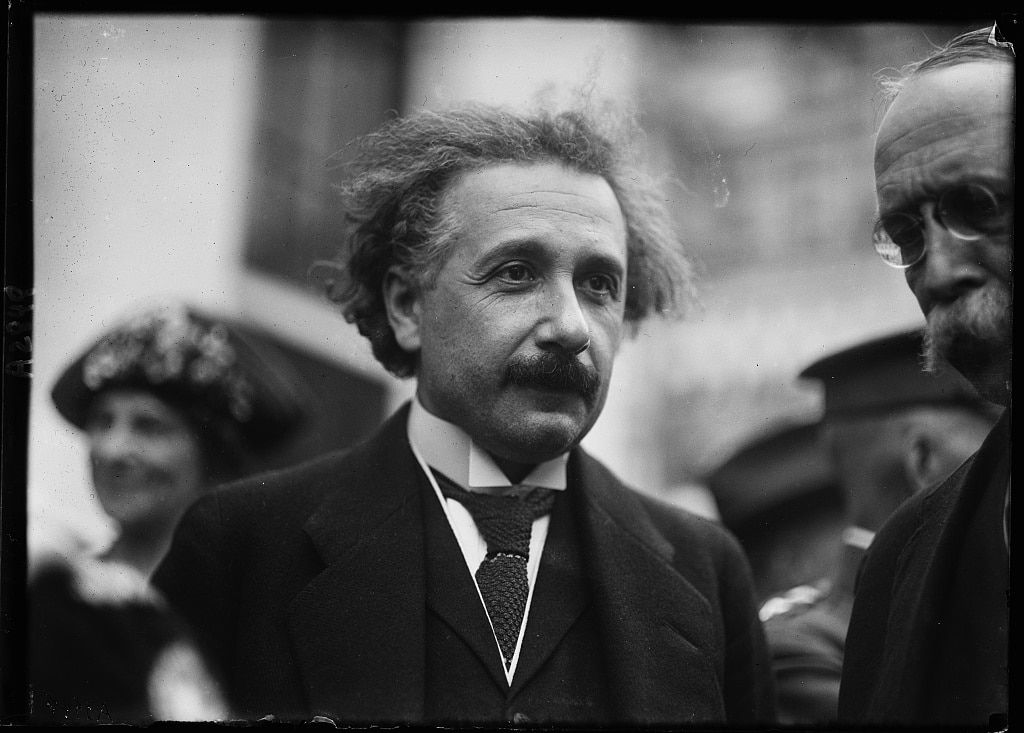
Premium subscribers can read the complete Bulletin of the Atomic Scientists’ archive, which contains every article published since our founding in 1945.
This archive was created in honor of John A. Simpson, one of the Bulletin’s principal founders and a longtime member of its Board of Sponsors. This searchable archive provides exclusive online access to original interviews and commentary by luminaries like Albert Einstein, J. Robert Oppenheimer, Ruth Adams, John F. Kennedy, Stephen Hawking, Christine Todd Whitman, US Secretary of Defense William J. Perry, and multiple Nobel laureates.
